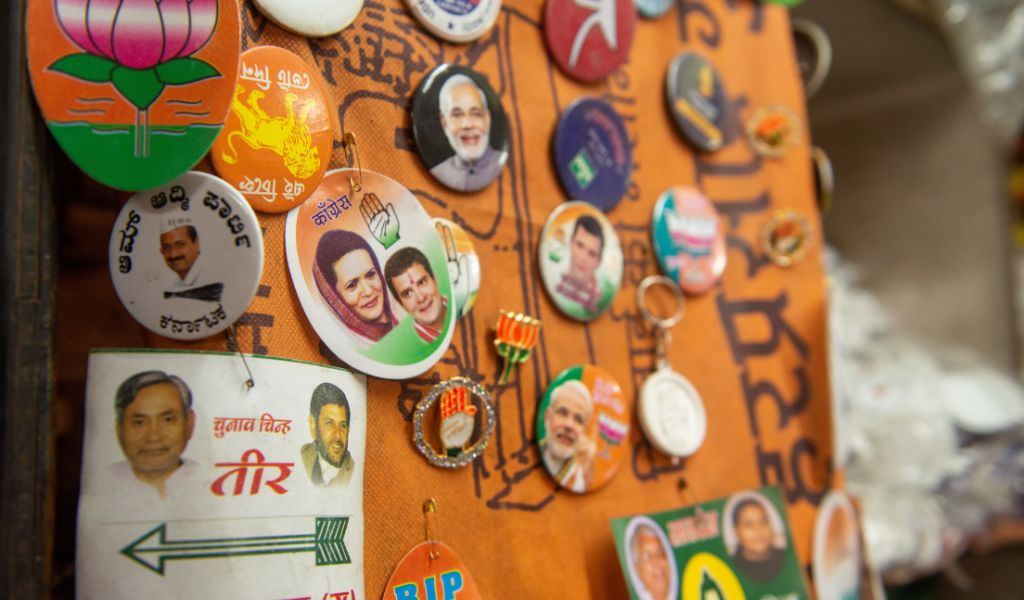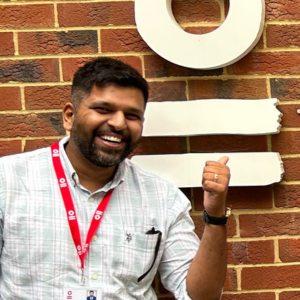How do we make sense of what voters have been doing in this year of elections? Too often we think of the results of elections and the fate of democracy as something determined by political elites and political parties. But it is centrally about what voters are doing and thinking, what determines their preferences, and why they end up choosing the parties and leaders that they do.
This is the second article in a collection of perspectives from former students at IDS, by drawing on findings from their MA dissertation research, who regularly ask and debate questions focused on the democratic trajectories and fortunes of countries around the world.
Read the other perspectives:
- What do voters want in this year of elections? Part 1
- What do voters want in this year of elections? Part 3
When it comes to elections, narrative building can go in either direction.
Abhishek Saini (MA Governance, Development & Public Policy, class of 2024) examined the phenomenon of politicians using hate speech in India as a mobilisation strategy to bring in more votes.

“The rise of hate speech in India has become a significant factor influencing voter behaviour, particularly in the context of recent elections. Since 2014, there has been a 362% surge in hate speech incidents, with political parties—most notably the BJP—increasingly using divisive rhetoric targeting minority communities, particularly Muslims. Despite the existence of legal frameworks to counter such narratives, such as Section 153A of the Indian Penal Code, cases registered under this law rose from 323 in 2014 to 1,491 in 2022. I constructed an original dataset across India and across elections to examine this, and found that no significant direct relationship exists between hate speech and voter turnout. However, hate speech when combined with communal riots, increases voter turnout at the national level. This provides a troubling incentive to politicians.
However, at the regional level, the impact varies significantly across different parts of India. The findings suggest that in Hindu-majority constituencies, where most hate speech cases occurred, hate speeches decrease voter turnout. Whereas in areas where the Muslim population is above the national average, the combination of hate speech and communal riots significantly increases voter turnout, likely due to a defensive response to perceived threats. This suggests that hate speech may not work for politicians as an electoral strategy. A further analysis of BJP vote shares confirms that hate speech may be less effective as a political strategy than previously believed. Rather than polarising Hindu voters as expected, it may negatively impact the party’s vote share.”
A related question is how in severely polarised environments, such as India, do any narratives that counter the dominant government line survive? Manavi Kapur (MA Governance, Development & Public Policy, Class of 2023) explored this by asking how newsrooms in India continue to produce honest critiques of the government, despite rapidly declining press freedom and closing civic spaces.
“I found that newsrooms did this either by strategically using self-censorship to survive and retain some autonomy in publishing critical and investigative reporting, or such reportage thrived when newsrooms were independent of the advertising-funded model.
Independent networks and alliances among journalists, especially those who closely adhered to the principles of the media as a watchdog, also created small islands of resistance by publishing independently on digital platforms to counter political and government pressure.
The media being able to hold out and continue to present opposing narratives may have played a part in the BJP’s vastly reduced seat share in the Indian parliament after the 2024 election. This means that in its third term, the BJP will not have as much of a free hand in moulding discourse and curbing dissent. There appears to be an interesting symbiotic relationship between voting behaviour and the media — voter preferences and decisions can expand or shrink the space within which media groups operate, and media houses and journalists in turn shape the narratives that determine how citizens will vote.”
Read the third part of this blog to find out more about:
- The extent to which oligarchic capture of state institutions is affecting democratic backsliding in Indonesia
- Why populations vote for authoritarian leaders and their dynasties
- The phenomenon of voters, and not politicians, who seem to be driving relations of clientelism in Nigeria


